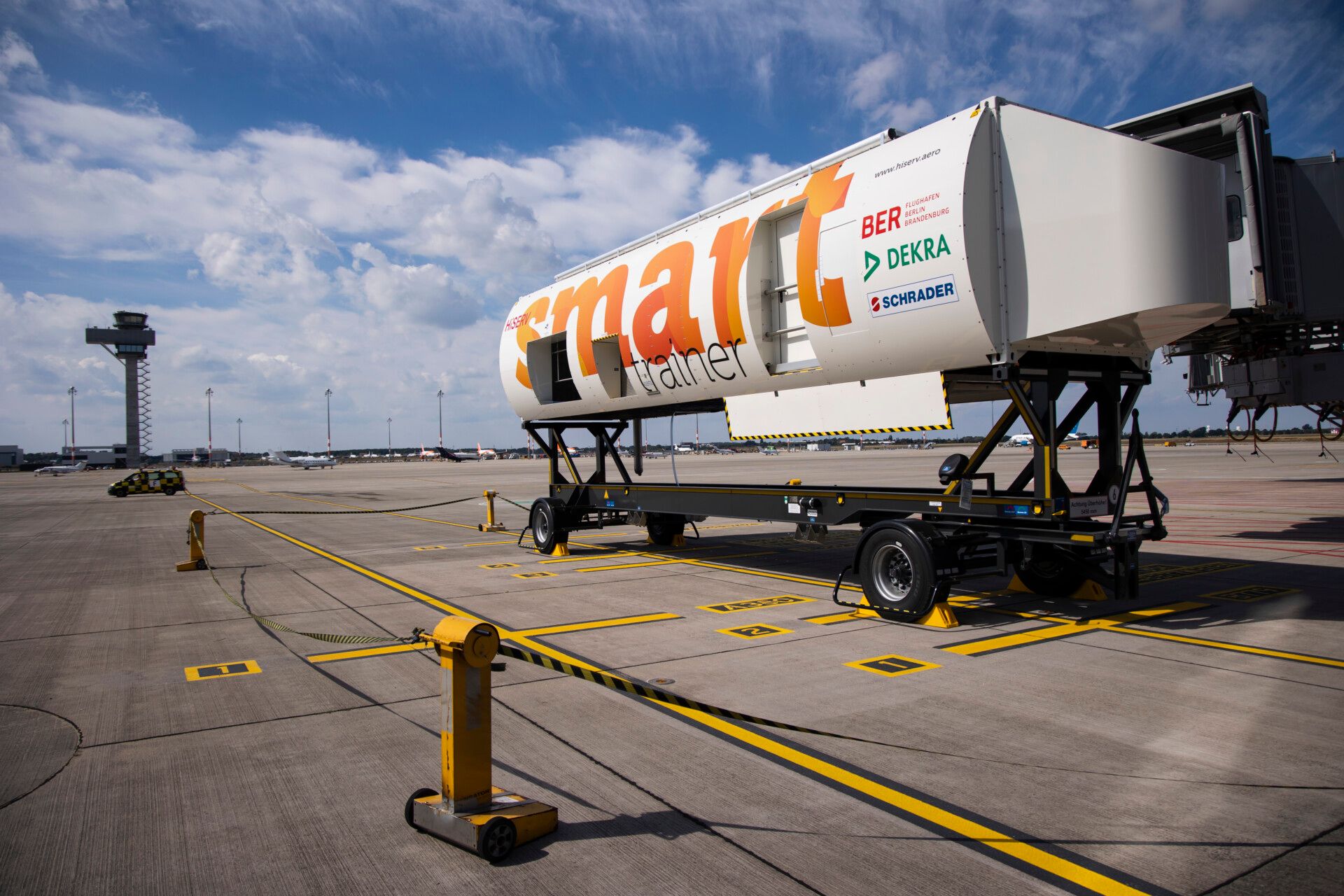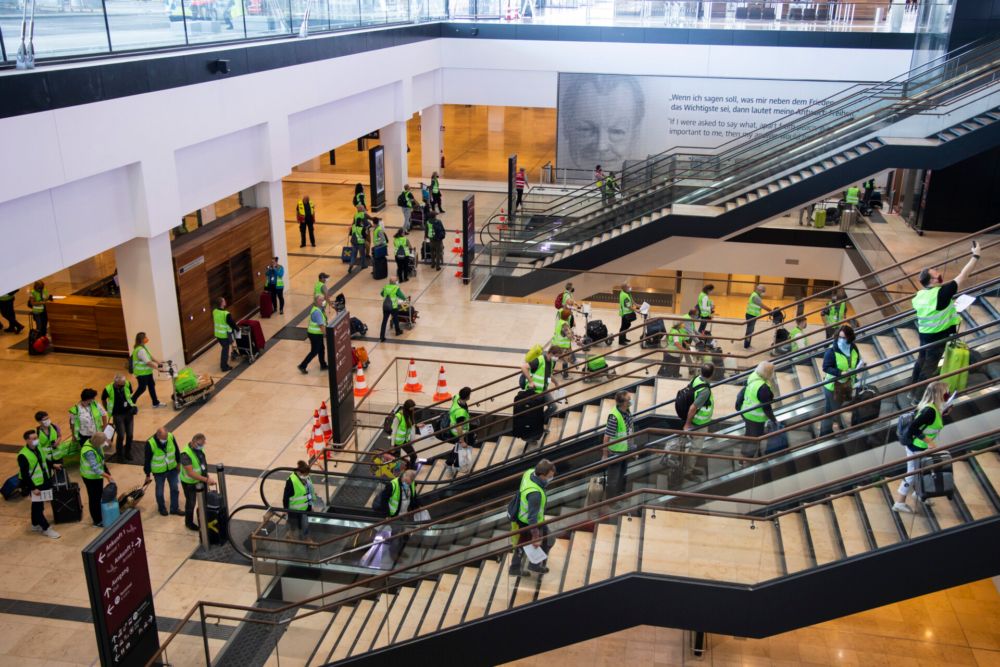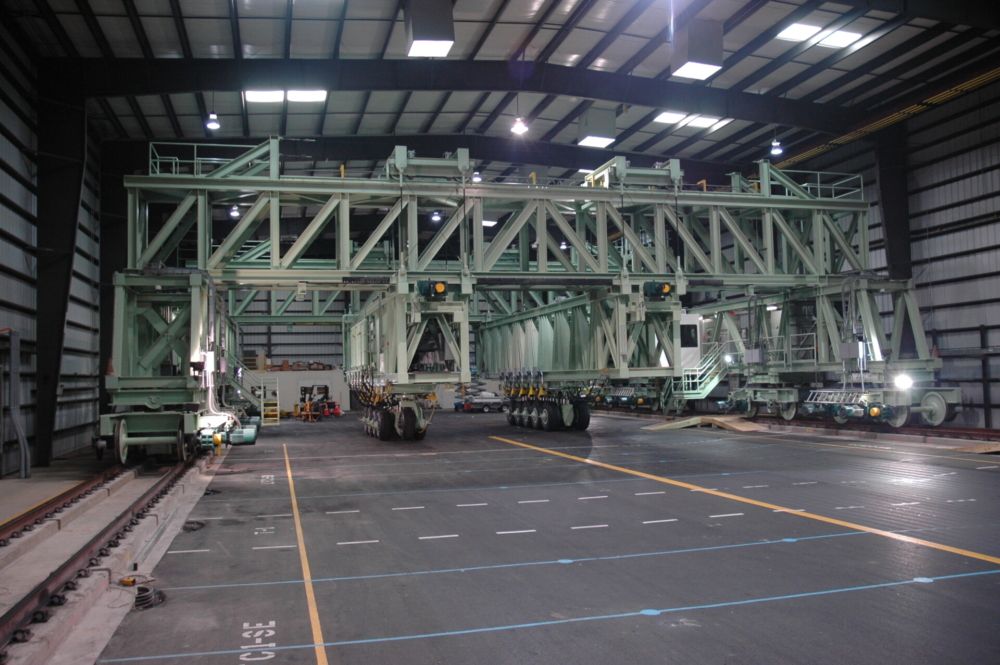The proper functioning of an airport's terminals and runways is paramount in ensuring the smoothness of operations and making certain planes can land and take-off without potentially life-threatening incidents. But how do airport operators make certain they can handle aircraft and their passengers without actually having any planes?
These days it is hard to use the word test and airport in the same sentence without conjuring up images of PCR certificates and PPE-clad health workers sending you off to isolation to await your results. But, of course, airports themselves go through tests much more rigorous than a sample swab or two in order to safeguard the health and safety of the people who travel through them.
Complex simulated ecosystems
Airport systems and infrastructure go through ample testing before opening to airlines and the public. Still, airport terminal openings rarely proceed without at least a small amount of chaos. It is difficult to predict all that can potentially go wrong in a system that is so complex.
However, some issues, such as many of the errors leading up to the infamous disaster of Heathrow's Terminal 5 opening in 2008 with BA canceling nearly 40 flights, can be mitigated through simulations and training.
Although there are almost always some teething problems to be expected, there are many steps airport operators can take to make sure everything runs as smoothly as possible. Several software companies now help simulate traveler movement throughout the terminals, along with things like baggage handling. Meanwhile, some actors take the testing a little further.
Thousands of volunteers at BER
For instance, before the new Berlin Brandenburg Airport Willy Brandt (BER) opened in October last year, the airport enlisted around 9,000 volunteers to put its facilities through their paces. Starting on July 7th, for a period of 28 days, the registered testers received a script containing the day's tasks.
They also received luggage corresponding to the events they had been assigned. Following regular passenger-related narratives, including check-in, security, boarding - and 'canceled' flights - they were invited to provide feedback, including where they saw room for improvement.
Essential services such as Air Traffic Control also run simulations, training, and checks for a long time leading up to an airport's opening. Cyber security software is tested and implemented, along with other IT systems.
Berlin Brandenburg also used a training device called a Smart Trainer modeled after an aircraft body to train ramp operators, fire services, and maintenance engineers in a realistic environment.
Runway testing facilities
When it comes to runways, test flights are conducted to and from the airport before services land with actual passengers. The runway surface is usually constructed from asphalt, concrete, or a combination of both. Major commercial airports usually use full concrete due to its durability.
When engineers design the runway, they choose a representative aircraft based on the landing gear and weight distribution. This is then used to plan the necessary thickness of the runway. The design and construction process of the runway takes between two to four years.
In the US, the Federal Aviation Administration (FAA) operates a full-scale pavement test facility dedicated solely to airport runway and taxiway research. This provides data from simulated aircraft traffic conducted by a rail-based test vehicle. The machine is capable of simulating airplanes weighing up to 1.3 million pounds. That is more than double the weight of the Antonov An-225 Mriya.



